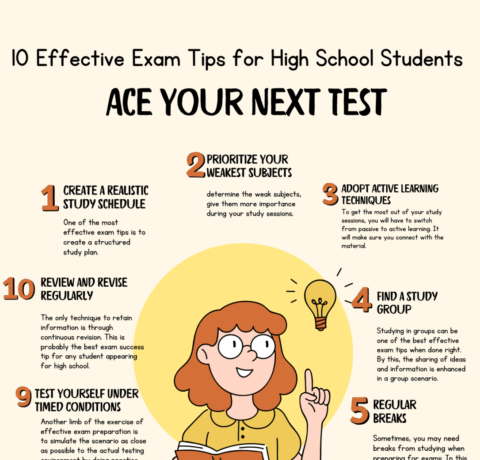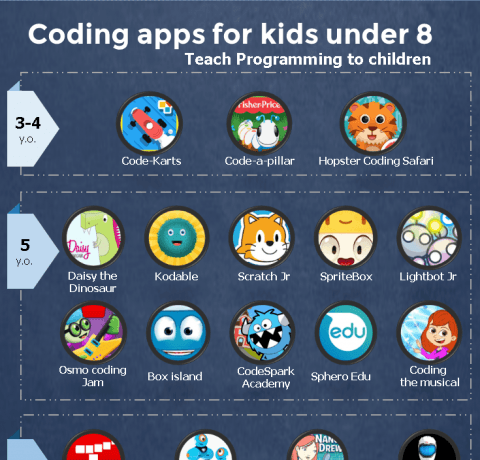The Benefits of Out of School Math Programs Infographic
Though slowly improving over time, the most recent national assessments indicate that about six out of every ten 4th and 8th grade students are still not working at grade level in mathematics. What can we do to accelerate the impact schools have on these rates of student proficiency? The Benefits of Out of School Math Programs Infographic features four out of school math programs that can help students connect to what is going on in the classroom and help students, especially those at risk, reach proficiency.
Out of School Math Programs to Raise Achievement
Districts, schools, and teachers taxed with too little time to effectively address the individual needs of all students during the school day can find ways to support the continued growth of each student and effectively close significant gaps by thinking differently about when and where learning happens. Children spend about 20 percent of their waking time annually in formal classroom education. Making use of some of the remaining 80 percent of their time by exploring and enhancing learning in out of school time (OST) settings can make a substantial difference in learner’s present achievement and future success.
The Harvard Family Research Project’s review paper, The Federal Role in Out-of-School Learning: After-School, Summer Learning, and Family Involvement as Critical Learning Supports, notes “Educators, policymakers, and families increasingly agree: schools cannot do it alone. Children need multiple opportunities to learn and grow—at home, in school, and in the community.” The same study cites reports such as Evaluation of Enhanced Academic Instruction in After-School Programs and the Study of Promising After-School Programs that show it’s possible to make significant gains in math test scores, particularly for low-income and minority students.
OST Opportunities
- At Home: Ten years of research of over 100 studies shows that family involvement improves skills.
- After School: After-school math activities are of particular benefit to learners who are from low-income households.
- In the Summer: A 6-year study found that attendance in a summer math program resulted in a 20% improvement compared to students who did not attend.
- School and Community Partnerships: A study of 39 schools found that family and community involvement supports math proficiency.
What’s essential to boosting achievement with OST programs? Connecting to what’s happening in the classroom.
Research-based Best Practices for OST Programs
- Connect to grade-level benchmarks, standards, and the school-day curriculum to increase achievement.
- Develop thoughtful, fun, accessible activities.
- Survey and build on students’ interests.
- Motivate and engage all students to participate.
- Provide real-world activities that connect to the broader community.
- Provide effective tutoring and differentiated instruction for all skill levels.
- Integrate technology.
- Provide homework help.
- Provide staff training and professional development.
Schools are using OST programs in blended models across the country with great success, many of them using DreamBox Learning Math. Want to get started or expand your own programs? Download the white paper Four OST Math Programs to Raise Achievement that provides more research, best practices, case studies, and funding resources you can use to deepen student understanding, improve confidence, and raise mathematics achievement.







You can adjust your cookie preferences here.